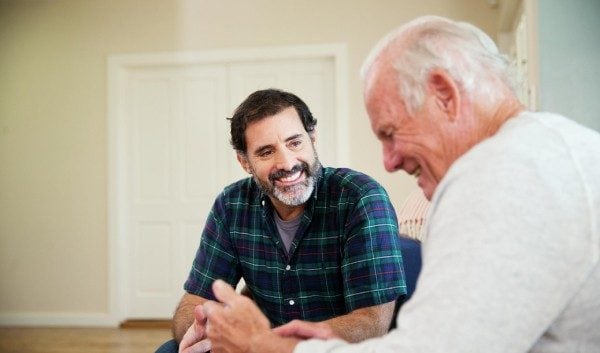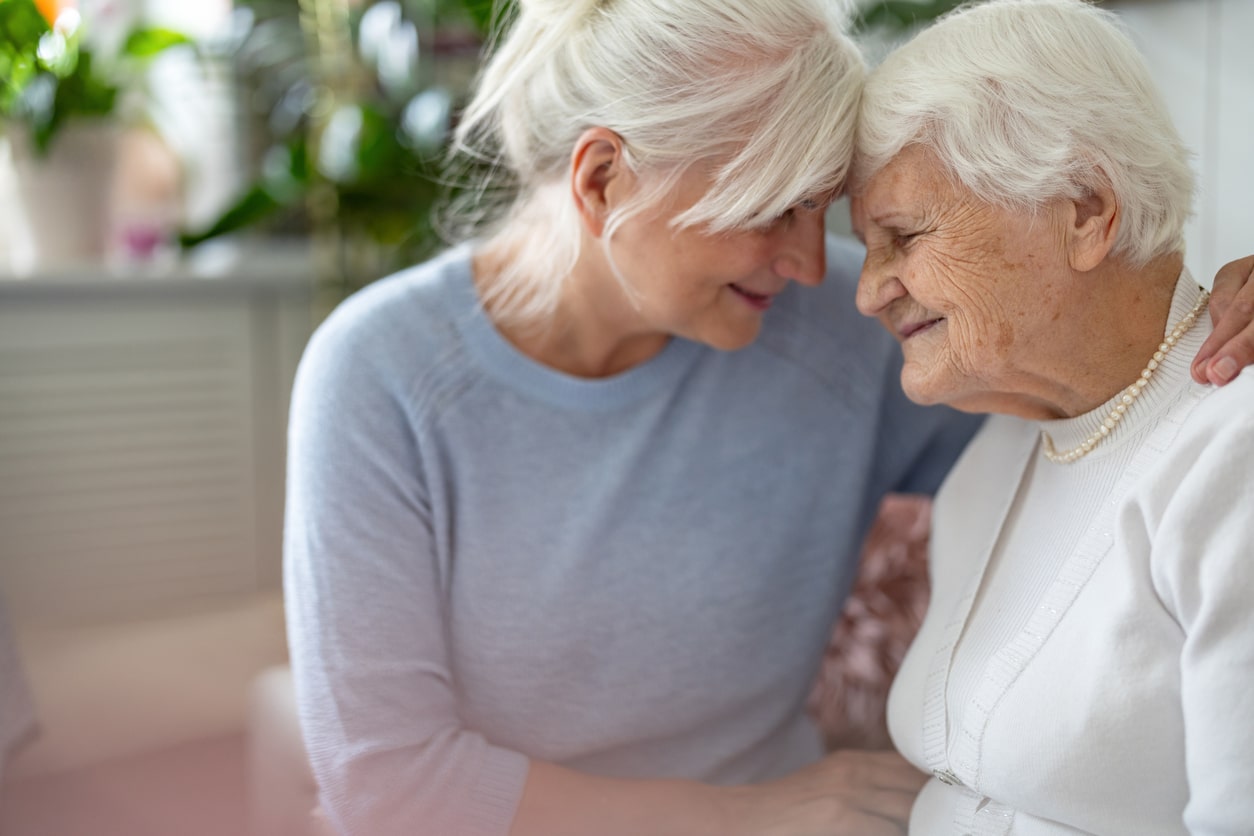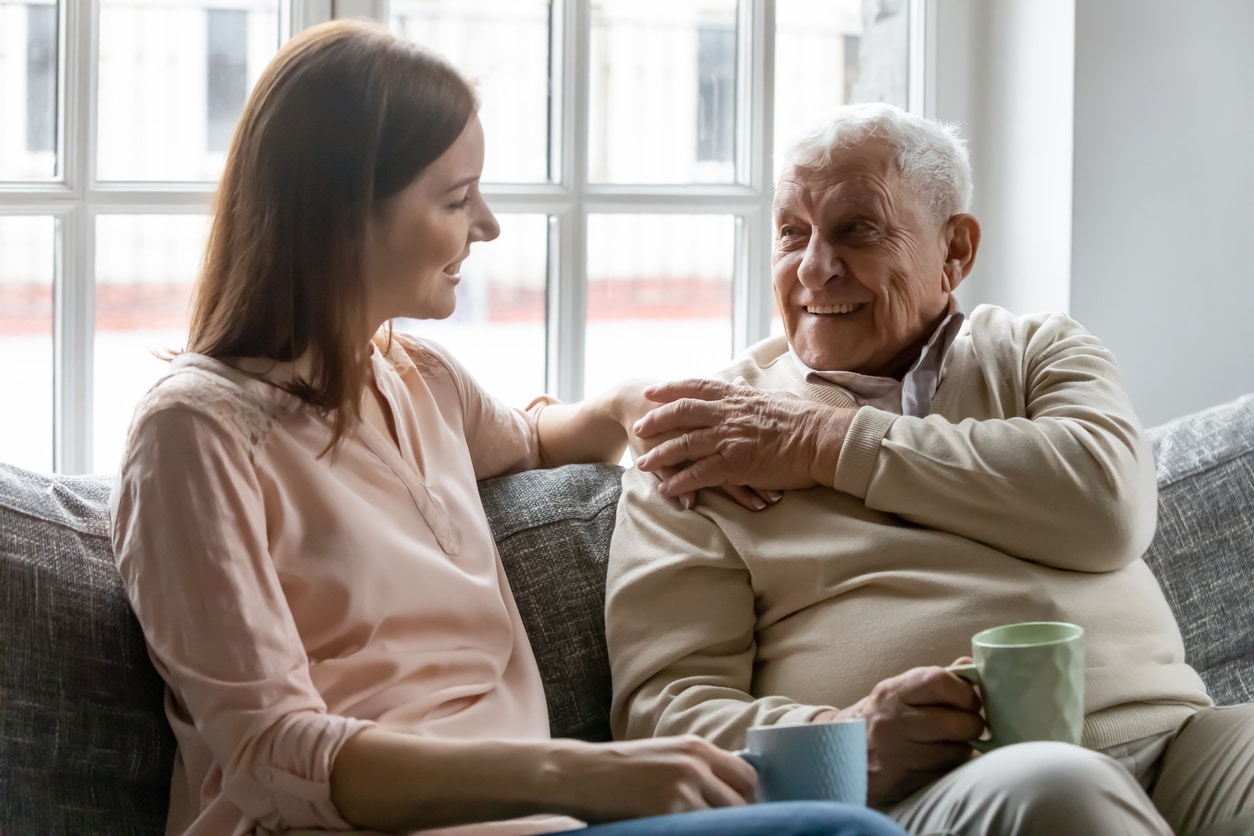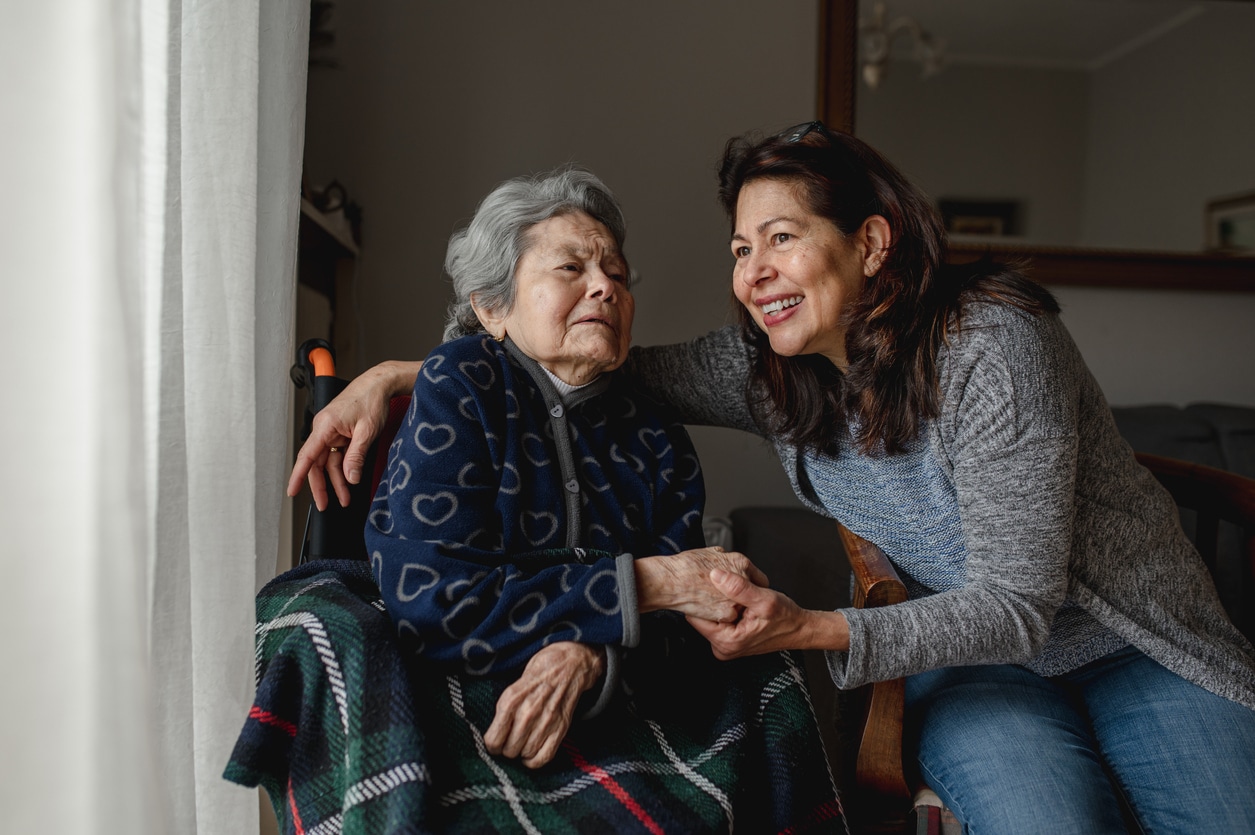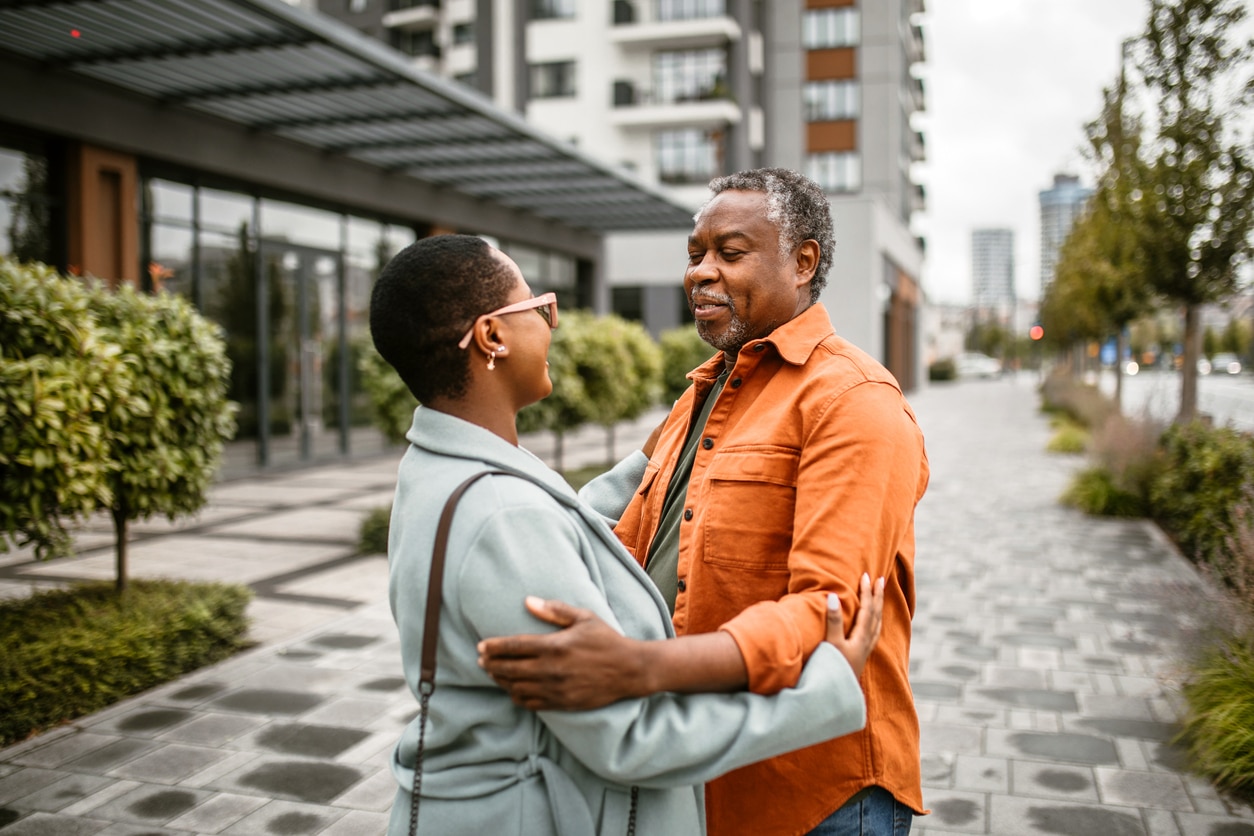The roles and responsibilities for family caregivers were changing before the onslaught of COVID-19. The global pandemic created new opportunities to connect with and care for our older relations, whether they live with us, near us or far away.
We sat down will Paul Adams, Lifeline’s senior director of product development, to discuss how caregiving is evolving. His first career, as a registered nurse, informed his interest in aging and his philosophy of helping older people live as well as possible. Adams has spent the last 31 years working in the medical device and diagnostics industry, joining Lifeline in 2015.
What’s the most significant change to the way adult children care for their parents and other elders?
It’s a critical mass:
- Digitalization and access to online services
- More understanding among caregivers – especially non-spouse caregivers — of elders’ needs and caregivers’ own needs as they age
- Increased caregiver responsibility for paying for elders’ care
The ubiquity of smartphones – that’s the biggest game-changer. We connect with our seniors through digital engagement. Apps like Lifeline Cares deliver informational content on aging and health. Connected devices like glucose monitors, medication dispensers and Lifeline help us stay aware of how Mom and Dad are doing.
We have better insights on if Mom and Dad are OK, with no cameras and without being potentially insulting. The technology gives us an intervention point. These capabilities are doable – and less expensive – now.
There’s also more tension between getting the best possible place for Mom or Dad to retire to and the cost and the availability to do that. That’s the struggle for families – what can we afford? They’re looking for affordable ways to keep Mom or Dad healthy, safe and, whenever possible, independent. The average life savings is low for elders and their caregivers.
And so caregivers are more aware of planning and paying for their own aging, too.
And then COVID happened. How did that impact caregiving?
COVID changed family caregiving by raising the stress of keeping parents safe. Everybody understands the older you are the bigger the risk of mortality and morbidity. We are being even more careful. Doing the shopping for them. Doing extra chores. Looking after everyone. All while working from home or dealing with being furloughed.
We’re all at home and paying attention to chores and care. More men are taking more proactive roles and participating in caregiving. I know working from home has made me more thoughtful about my family and awakened in me a new sense of my responsibilities as a family member.
COVID has reminded us that who knows how long we have or what happens next. It’s incumbent on all of us to work harder and be more aware of responsibilities to engage and participate with our families.
Speaking of working from home, have you noticed any change in how employers support employees caring for older relations?
I see a good sense of compassion from leaders when it comes to taking care of your family. I think it makes sense. You don’t want people to leave or have to take leave, so it makes good business sense to look after your people. We also have to make sure our people take care of themselves, too.
Any final thoughts on how caregiving has changed?
Caregivers see an evolving world that is redefining the needs of aging. The story is changing. Yes, we still worry about a catastrophic event changing your life for the worst. But we are all more passionate about aging being a good journey. That’s not about an age span, but a health span. And we’re looking to technology to ensure caregivers and their family members can afford to have a good life and manage challenges they’ll face.
